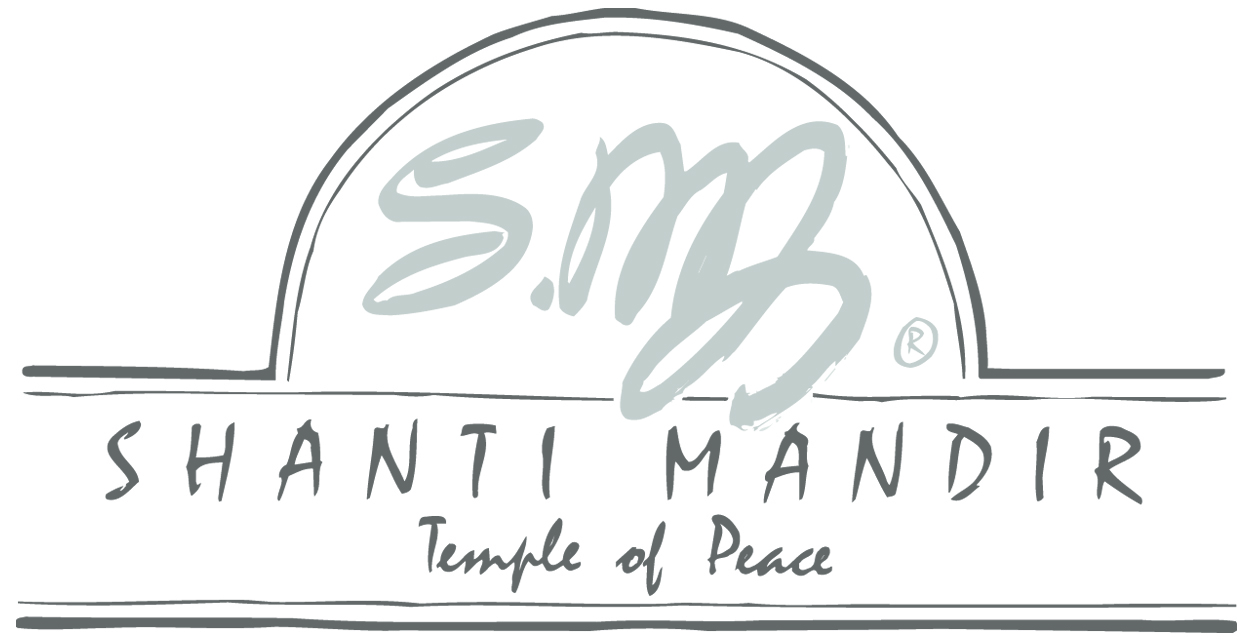Tabla
In common usage the term tabla refers to both drums, strictly speaking the small wooden drum is the tabla and the large metal drum is the bāyāñ. The names given to the parts of the tabla set depends on the region and school. The names here are those most commonly used at Shanti Mandir.
Pakhawaj
It is said the tabla is derived from the pakhawaj, an ancient instrument from a family of drums called mridang. Although the small wooden drum of the tabla is very much like the small side of the pakhawaj, the metal drum of the tabla is quite different to the large side of the pakhawaj.
Which to play?
The instruction here shares the basics for drumming in Shanti Mandir chants. The choice of whether to play tabla or pakhawaj is about personal preference, playing either will be much the same for Shanti Mandir chants. The tabla is usually regarded as a more sensitive and delicate instrument and good for vocal recitals and virtuosic concerts, while the strong, loud character of the pakhawaj is good for temple recitals and chanting in large halls.
Right or left handed?
The instruction given here is for right handed players, that means the small end of the pakhawaj or the small drum of the tabla is played with the right hand. Left handed people usually flip the drum so that the small skin is played with the left hand, so simply reverse the instructions provided.
Parts of the tabla set
Placement
Lorum ipsum Lorum ipsum loru ipsum Lorum ipsum
Posture
Lorum ipsum Lorum ipsum loru ipsum Lorum ipsum
Tuning
Lorum ipsum Lorum ipsum loru ipsum Lorum ipsum



